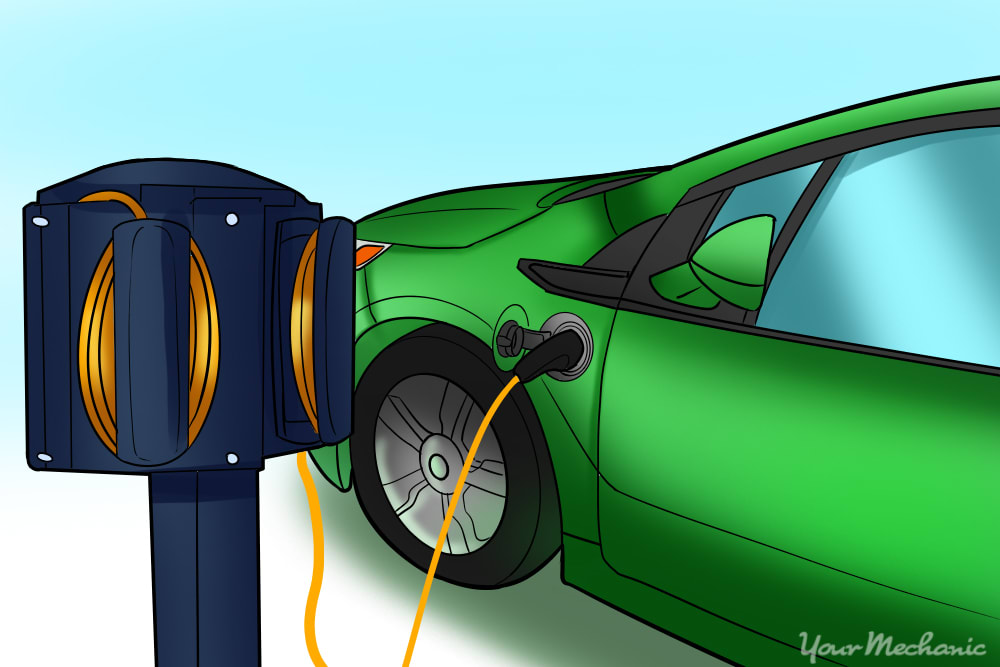

Looking for another incentive to drive an electric vehicle? Besides fuel efficiency and reducing the amount of emissions released by cars, EVs are also eligible for federal tax credits. The federal Internal Revenue Service (IRS) offers $2,500 to up to $7,500 in tax credit on electric drive cars bought in the United States in or after 2010. The size of the credit depends on vehicle size and battery capacity, as well as the owner’s tax bill. The EV owner’s tax bill must meet or exceed $7,500 at the end of the year for the highest available credit. You won’t receive any additional credit if your income tax ends at $4,500.
While these sums of money sound appealing, there remain several catches an EV owner should be aware of. For example, many plug-in hybrid tax credits are capped significantly lower than their fully-electric counterparts. Know the terms and conditions of the electric vehicle tax credit, and other incentives, by following this 12 point guide:
1. The credit belongs exclusively to the vehicle purchaser. This restricts the credit to the original buyer of the electric or hybrid vehicle. If you’re leasing the car, the credit belongs to the manufacturer — the official owner. To present the customer with the benefits, the tax credit usually ends up factored into the cost of the vehicle by the manufacturer.
2. It is unavailable for resold cars. Though difficult to officially track, the credit will not be applied to an EV bought only to sell. This also means it wouldn’t apply if bought from a used car dealership — it has to be new.
3. The EV must be used in the United States. Brief ventures beyond the border aren’t disallowed, but the vehicle must be primarily driven within the U.S.
4. The vehicle must be built by qualified manufacturers. Qualified advanced technology or alternative fuel vehicles, like plug-in and battery electric cars, must be built by specified manufacturers to be eligible for the full tax credit.
5. Vehicle battery pack must achieve the specified rating. For both hybrids and electric cars, the battery pack must meet the minimum rating of 4 kilowatts of energy storage and be rechargeable from an external source.
6. Manufacturers certify the vehicle’s eligibility. A buyer should rely on the manufacturer to convey the car’s eligibility for the tax credit in writing or on the company’s website, even if it isn’t listed on the Department of Energy site or IRS’ list. Manufacturers are not required to certify eligibility to the IRS but can generally be relied upon for accuracy. This applies to hybrid and electric vehicles as well as electric motorcycles, plug-in electric drive and EV conversions, three-wheel EVs and low-speed EVS. If you think your vehicle is eligible, apply with this form.
7. The IRS reserves the right to reject a claim for tax credit. Manufacturers are not required to legitimize their car with the IRS, but most EVs do qualify if their company has written or online evidence stating so. Still, the IRS can reject a claim for a number of reasons.
8. The EV tax credit will expire. As sales increase, the government is phasing out the tax credit. Once a manufacturer sells 200,000 qualified vehicles, the $7,500 tax credit no longer becomes available, with a cap placed within the year of the 200,000th car’s release. This doesn’t necessarily mean all credit is erased. For example, Tesla achieved this selling point in July of 2018, but cars sold in 2019 still have an applicable credit, albeit a significantly lower one. The credit disappears completely for EVs sold in 2020.
The tax credit was applied to compensate for the high prices that come along with new technology and eliminate the need for subsidies. As technology improves to allow for more-affordable EVs, the tax credit can be justifiably phased out.
9. Tax credits cannot be passed on. Dealerships who sells low-mileage and theoretically qualified cars do not pass along the tax credit, even if the EV was only used for demonstrations and short loans. Only the original owner can gain the credit even if they chose not to. The next buyer cannot receive the credit — buying a used EV won’t qualify the purchaser.
10. Hybrids and clean-diesel cars no longer qualify. As of 2010, gas-electric models were no longer eligible for the tax credit. Their batteries cannot plug into the external power grid, thereby disqualifying them.
11. Fuel cell cars do not qualify. A base federal tax credit for fuel-cell cars ended in 2017, with a range of $1,000 to up to $4,000 depending on its fuel efficiency rating.
12. Additional incentives are available from states and other programs. Some states will offer additional tax credits, rebates, or reduced vehicle taxes and registration fees for qualified EVs. The perks can also include high-occupancy vehicle/carpool lane access, free parking, and more. Programs run by companies may also offer similar incentives. They may also cover cars that aren’t exclusively EVs, such as gas-electric hybrids and fuel cell cars.
Check to see if your vehicle qualifies on the U.S. Department of Energy’s list.



